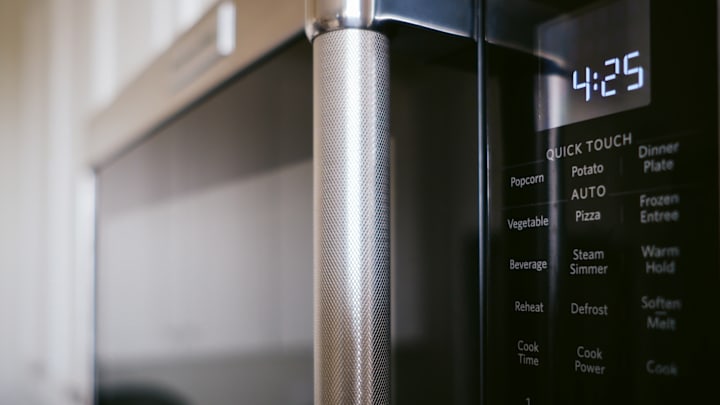With energy prices soaring in recent years—along with the cost of virtually everything else—consumers have been paying more attention to their utility bills and ways to cut costs. Unfortunately, energy suppliers don’t usually provide breakdowns of how much it costs to power your air conditioner or television set.
Recently, MoneyTransfer.com compiled a rough cost estimate of how expensive 20 common household items can be each month. The amount is based on an average cost of $0.18 per kilowatt hour (kWh). While that fee can vary depending on your region, their breakdown still gives you a good idea of how much electricity your appliances and devices are soaking up.
- Air Conditioner (8 Hours a Day) // $88.56
- Electric Heater (2 Hours a day) // $10.80
- Dryer // $8.64
- Washing Machine // $6.48
- Refrigerator // $6.12
- Dishwasher // $4.86
- Electric Kettle // $4.32
- Video Game Console // $3.89
- Electric Stove // $2.94-$3.36
- 43" LED Television (5 Hours a Day) // $1.93
- Coffeemaker // $1.66
- Incandescent Light Bulb // $1.30
- Laptop (5 Hours a Day ) // $1.22
- Vacuum Cleaner // $0.97
- Microwave // $0.86
- Electric Lawnmower // $0.69
- Toaster Oven // $0.62
- Hair Straightener // $0.39
- Hair Dryer // $0.31
- LED Light Bulb // $0.29
Air conditioning units are often the biggest expense, since they require energy for long periods of time. From there, it’s a significant drop-off: washing machines, dishwashers, and refrigerators are usually below $10 a month. LED bulbs offer some of the best cost savings, with each one barely more than a quarter.
According to the National Resources Defense Council (NRDC), you can save on energy costs by making sure windows and window seals are in good working condition; lowering the temperature on your water heater from 140 to 120 degrees; and using LED bulbs wherever possible. You can also unplug devices not in regular use to avoid “vampire” drains and choose sleep mode on devices that kicks in when you’re not actively engaging with them.
